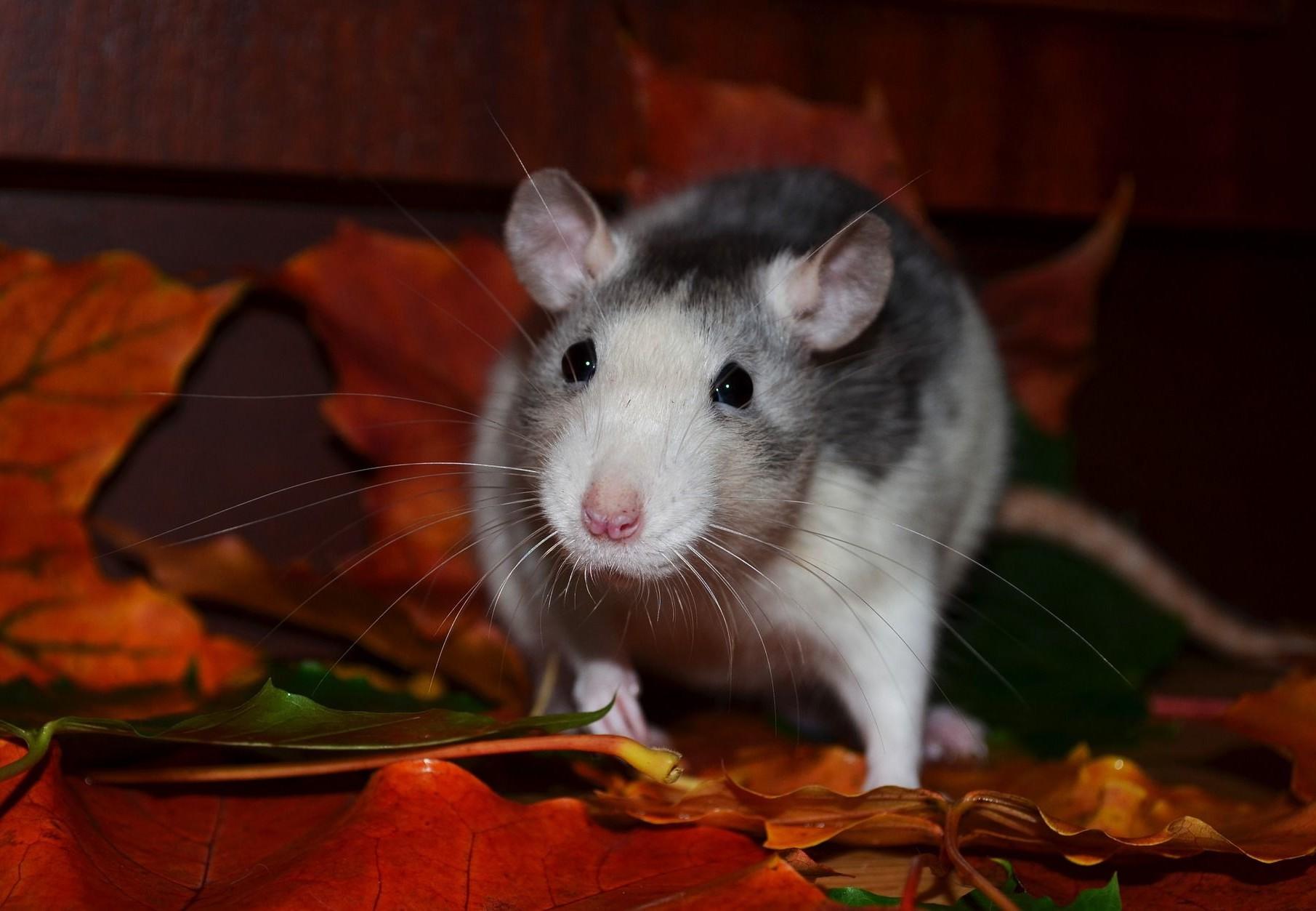
How to Design a Habitat for Rats
Enrichment and good design are vital for rats
Rats need daily exercise to fulfil their urge to move and explore. Most cages on the market are sadly inadequate. For the enclosure the key is – the larger and more entertaining, the better. An enclosure housing two to four animals should have a floor area of at least two square metre and a height of 1.5 metres, and also be an interesting varied design.
The optimal enclosure
- The enclosure should be positioned in a quiet, bright place free from draughts, extreme heat and cigarette smoke. Furthermore, there should be no television, computer or stereo in the room as the animals can hear (and be distressed by) the ultrasonic sound waves from them.
- The enclosure should be diverse and divided into several three-dimensional levels.
- The rats need plenty of opportunities/equipment for climbing, playing, hiding and gnawing.
- Suitable climbing opportunities include: climbing ropes made of coconut fibres or hemp, hammocks, ladders, natural branches, flower pots and large wooden tubes (not plastic!).
- They also need sleeping and resting places, and nest material (e.g. unperfumed kitchen paper, newspaper, toilet paper) is essential.
- Of course, food and water containers should also be readily accessible.
Pet rats are extremely agile and need a lot of space to run, including outside the enclosure. With a little imagination you can create a beautiful outdoor enclosure for the little sportsmen. It is important that it is secured – a separate pet rat room might be most suitable for this.
As with the main enclosure, the outside enclosure should fulfill the following criteria:
- It must be designed to be safe. If it is separated from the rest of your house by a grid, you must ensure the width of the grid squares is not more than 1 cm, to ensure that even slim animals cannot escape.
- Small houses, tubes and cardboard rolls can be offered as hiding places.
- Food can be hidden in the outside enclosure giving the rats have the fun of being able to sniff it out and discover it.
- You could even build your own fun climbing landscape for your rodent friends - with a bit of simple craftsmanship you could fashion interesting climbing trees connected by tubes and rope ladders
 Please be careful! If you delete this page, consider that it could be used within an other language version.
Please be careful! If you delete this page, consider that it could be used within an other language version.